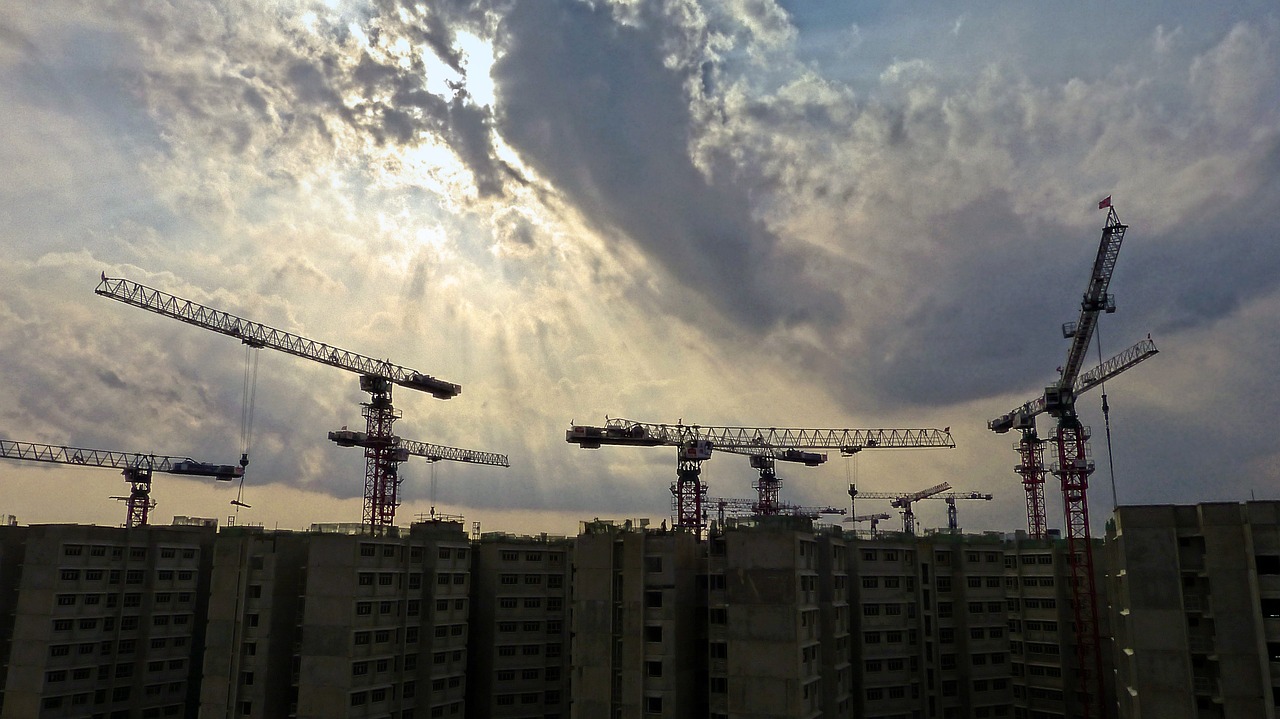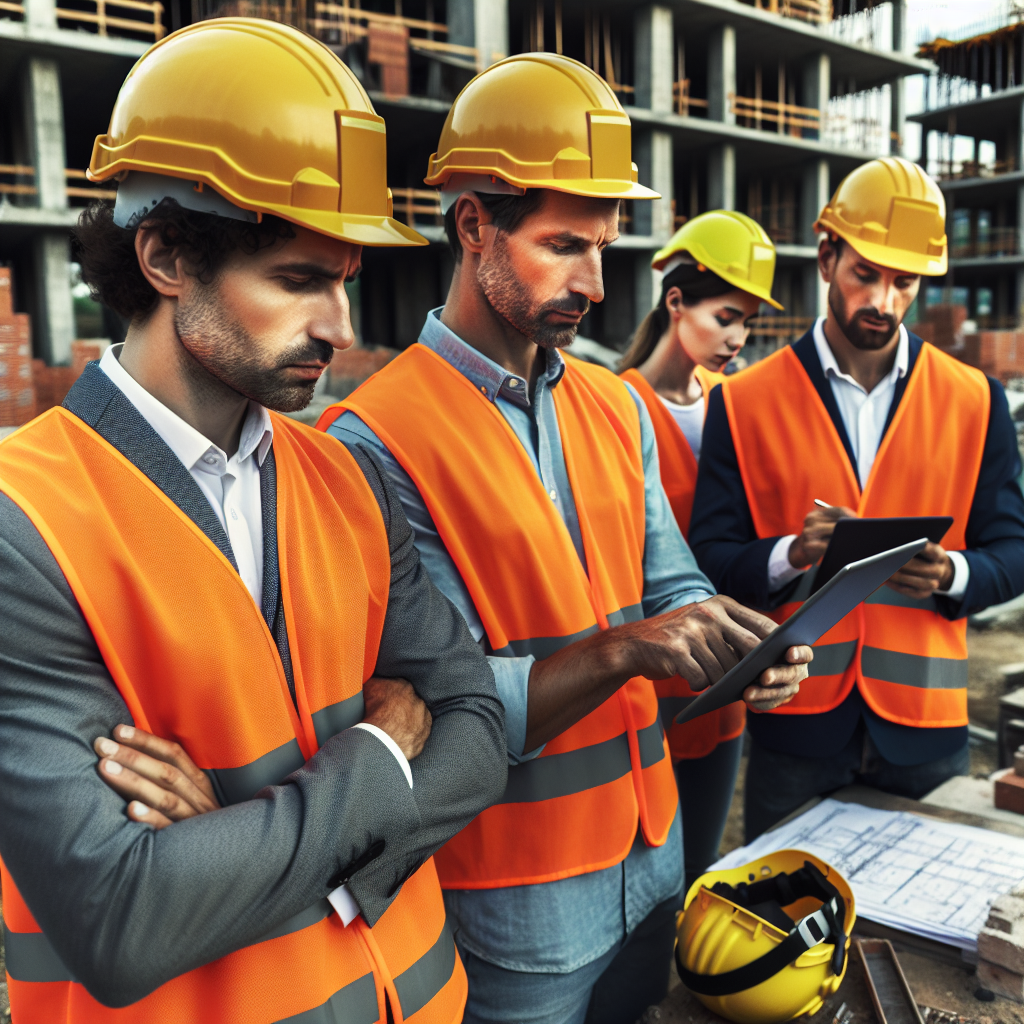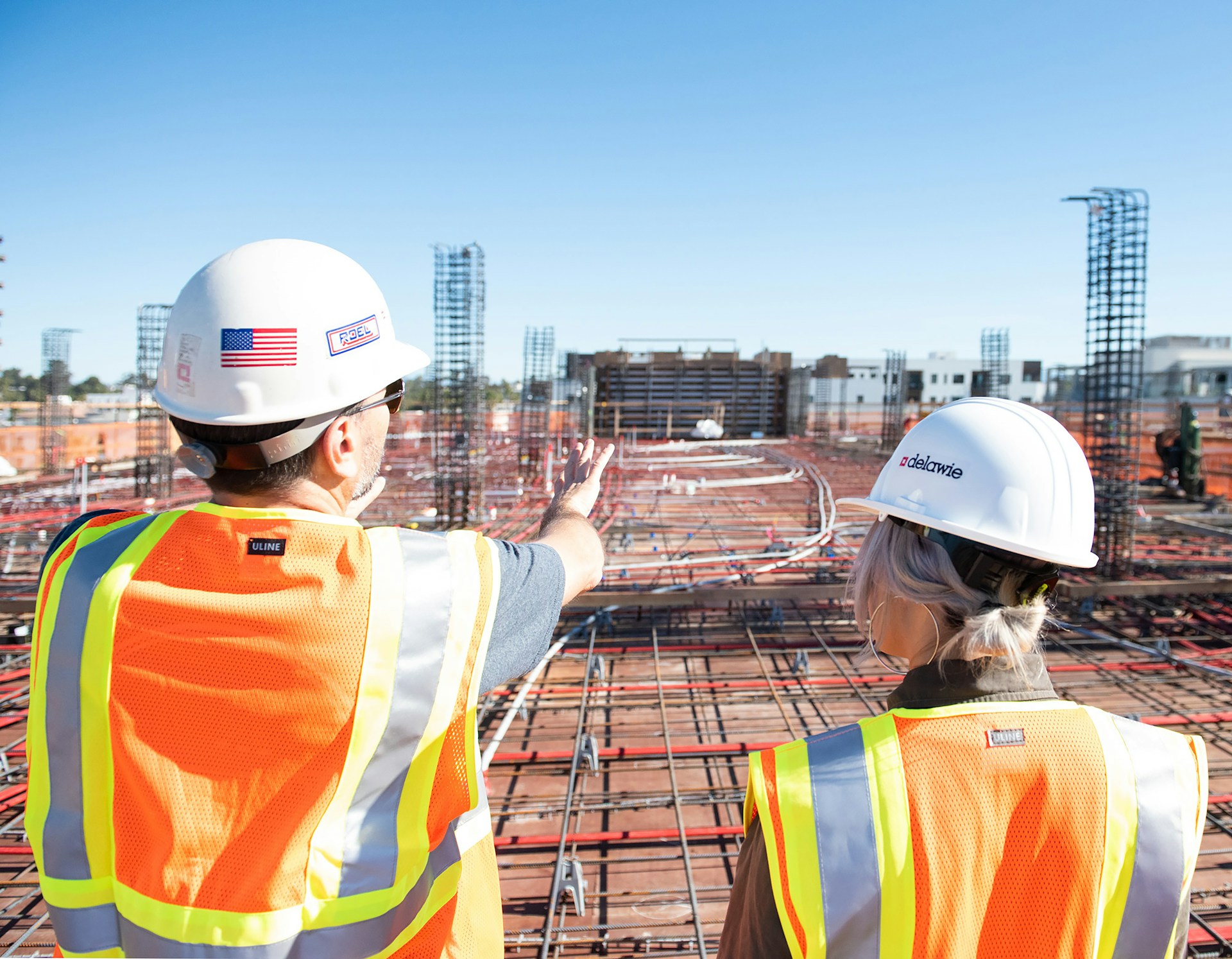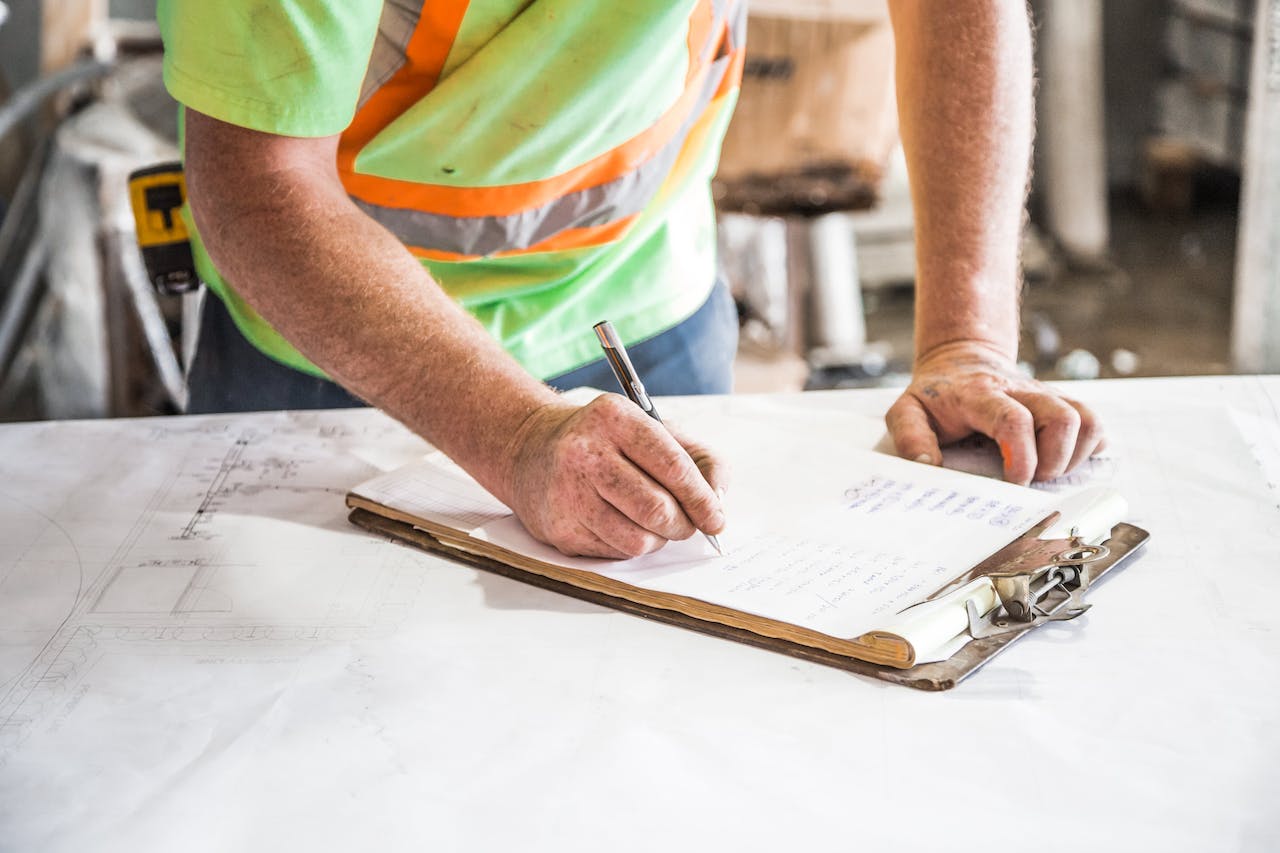Sustainable building approaches have evolved as an important part of the current construction sector. Adopting sustainable practices has grown increasingly important as people become more aware of environmental challenges and the need for responsible resource management.
This article investigates the relevance of sustainable building methods with the goal of highlighting the most successful tactics in achieving a greener future.
I. Definition and Significance of Sustainable Construction Methods:
Sustainable construction procedures are practices that reduce the negative environmental effect of building projects while increasing resource efficiency.
The construction sector may lower its ecological impact and contribute to a healthy planet by incorporating sustainability concepts into every step of building, from design to operation. Sustainable building takes into account not only environmental but also economic and social considerations, ensuring a comprehensive approach to growth.
II. Benefits of Sustainable Construction Methods:
a. Reduction of Environmental Impact and Carbon Footprint:
Sustainable building approaches reduce carbon emissions, waste output, and pollution greatly. The construction sector may reduce its environmental effect and prevent climate change by using renewable energy sources and employing efficient construction practises. Reduced greenhouse gas emissions safeguard the environment and create a more sustainable future.
b. Conservation of Natural Resources and Energy Efficiency:
We can protect vital natural resources such as water and timber through sustainable building. Efficient water management tactics, rainwater harvesting systems, and the adoption of low-flow fixtures all help to reduce water use. In addition, adopting energy-efficient designs, systems, and appliances lowers energy consumption, resulting in long-term cost savings and environmental advantages.
c. Healthier and Safer Living Environments for Occupants:
Sustainable buildings prioritise human well-being through providing healthier interior environments. The use of non-toxic materials, adequate ventilation systems, and ideal natural lighting all contribute to better air quality, less exposure to dangerous compounds, and greater occupant comfort. Green buildings produce environments that improve people’s health, well-being, and productivity.
III. Passive Design and Energy Efficiency:
Passive design concepts are critical in sustainable building. Energy consumption may be considerably reduced by using natural resources, lowering reliance on mechanical systems, and optimising building orientation. Proper insulation, effective building envelope design, and smart window placement may improve energy efficiency and decrease dependency on artificial heating and cooling. This not only lowers running expenses, but it also creates a more pleasant interior atmosphere.
IV. Use of Sustainable Materials:
Choosing environmentally friendly materials is critical for long-term building. Opting for locally produced materials minimises transportation emissions while also benefiting local businesses.
Incorporating recycled and renewable materials also helps to minimise the demand for virgin resources, reduces waste output, and promotes a circular economy. Efficient material management practices, such as waste reduction and recycling promotion, contribute to long-term sustainability goals. The construction industry may lessen its environmental effect throughout the lifespan of a building by adopting sustainable materials.
V. Green Building Certifications and Standards:
LEED (Leadership in Energy and Environmental Design) and BREEAM (Building Research Establishment Environmental Assessment Method) certifications give frameworks for evaluating and recognising sustainable construction practises.
Obtaining these certificates displays a commitment to environmental stewardship, increases the marketability of a project, and fosters public trust. Compliance with sustainable building standards and guidelines guarantees that projects follow best practises and contribute to a more environmentally friendly future.
VI. Innovative Technologies for Sustainability:
The use of novel technology is critical to attaining building sustainability. Solar panels, wind turbines, and geothermal heating and cooling minimise dependency on fossil fuels and energy usage. Smart technologies provide effective resource management and monitoring, while advanced building automation systems optimise energy utilisation. Furthermore, the usage of Building Information Modelling (BIM) simplifies the design and construction processes.
Green construction materials are another breakthrough technology that helps sustainability. These materials are eco-friendly, energy-efficient, and have a low environmental effect. Using recycled or salvaged materials in building, for example, decreases waste and conserves natural resources. Furthermore, the use of energy-efficient insulation, low VOC (volatile organic compound) paints, and sustainable flooring alternatives improves building environmental performance.
Furthermore, cutting-edge technologies that are revolutionising traditional construction practices are emerging in the construction business. Prefabrication and modular building processes provide substantial advantages in terms of speed, cost-effectiveness, and waste reduction.
3D printing technology is being used to produce complicated architectural components with precision and speed, utilising environmentally friendly materials. Robotics and automation are boosting production and worker safety by simplifying building operations. Drones are being used for site inspections and surveys, giving reliable data while eliminating the need for physical labour. building technology breakthroughs are altering the business and hastening the shift to sustainable building practises.
To conclude:
In summary, the integration of innovative technologies across various aspects of construction and infrastructure is vital for achieving sustainability. These technologies encompass renewable energy systems, green building materials, advanced waste management, sustainable transportation and infrastructure solutions, and efficient water management technologies. By harnessing the power of these innovations, we can create a more sustainable and environmentally friendly built environment for present and future generations.




